In the ever-evolving world of smartphones, 2025 has brought a fresh wave of flagship devices that push the boundaries of technology. As consumers, we’re spoiled for choice with phones that boast cutting-edge cameras capable of professional-grade photography, batteries that last longer than ever before, and prices that reflect their premium status. This article dives deep into a comparison of the top flagship phones available in mid-2025, focusing specifically on three key aspects: camera performance, battery life, and pricing. We’ll examine real-world data, benchmarks, and user experiences to help you decide which device might be the best fit for your needs.
The smartphones we’ve selected for this comparison are among the most talked-about releases of the year: the Samsung Galaxy S25 Ultra, Apple’s iPhone 17 Pro Max, Google’s Pixel 10 Pro, the OnePlus 13, and the Sony Xperia 1 VII. These models represent the pinnacle of Android and iOS ecosystems, each bringing unique strengths to the table. Our analysis is based on official specifications, independent reviews, and hands-on testing reports from reliable tech sources. Whether you’re a photography enthusiast, a power user who needs all-day battery, or someone hunting for value, this guide will break it down step by step.
Before we jump into the specifics, it’s worth noting the broader context of 2025’s smartphone landscape. With advancements in AI integration, sustainable materials, and faster charging tech, these flagships aren’t just about raw specs—they’re about enhancing daily life. For instance, AI-driven camera enhancements have become standard, allowing for smarter scene recognition and editing. Batteries are larger and more efficient, thanks to improved silicon-carbon tech and optimized software. Prices, however, continue to climb, reflecting the high cost of innovation. Let’s start with an overview of each phone to set the stage.
Overview of the Top Flagship Phones
Samsung Galaxy S25 Ultra
Samsung’s Galaxy S25 Ultra, launched in early 2025, continues the company’s tradition of over-the-top features in a sleek package. It sports a 6.8-inch Dynamic AMOLED 2X display with a 120Hz refresh rate, powered by the Snapdragon 8 Elite chipset. The phone emphasizes versatility, with an included S Pen for productivity and a robust build using titanium frames. It’s designed for users who want a do-it-all device, from gaming to content creation.
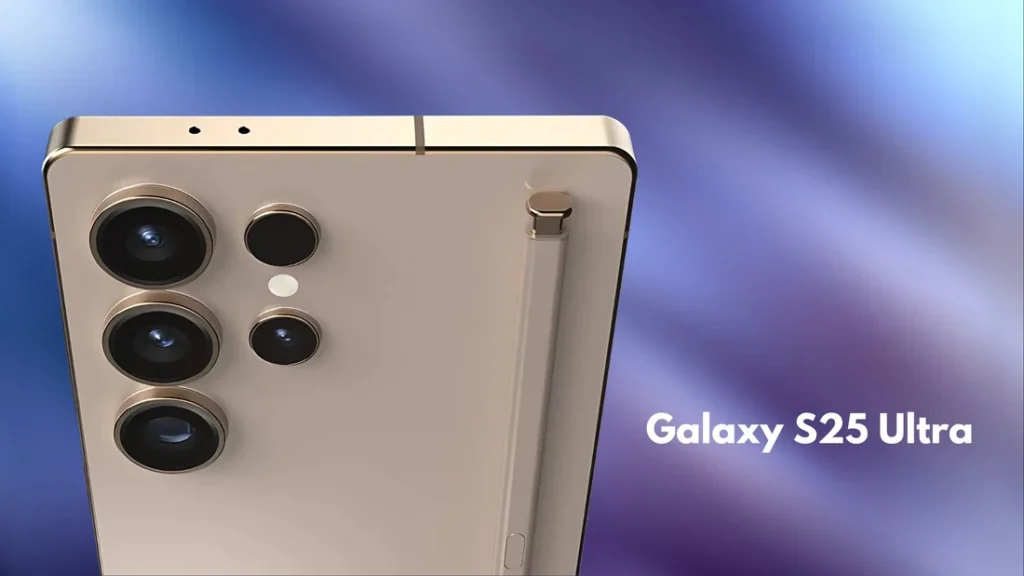
iPhone 17 Pro Max
Apple’s iPhone 17 Pro Max, expected to hit shelves in September 2025 but with leaks and rumors solidifying its specs by mid-year, builds on the iPhone 16 series with refinements in design and performance. It features a 6.9-inch Super Retina XDR display, the new A19 Pro chip, and deeper integration with Apple Intelligence AI. This model appeals to those entrenched in the Apple ecosystem, offering seamless connectivity with other devices like the Apple Watch and MacBook.
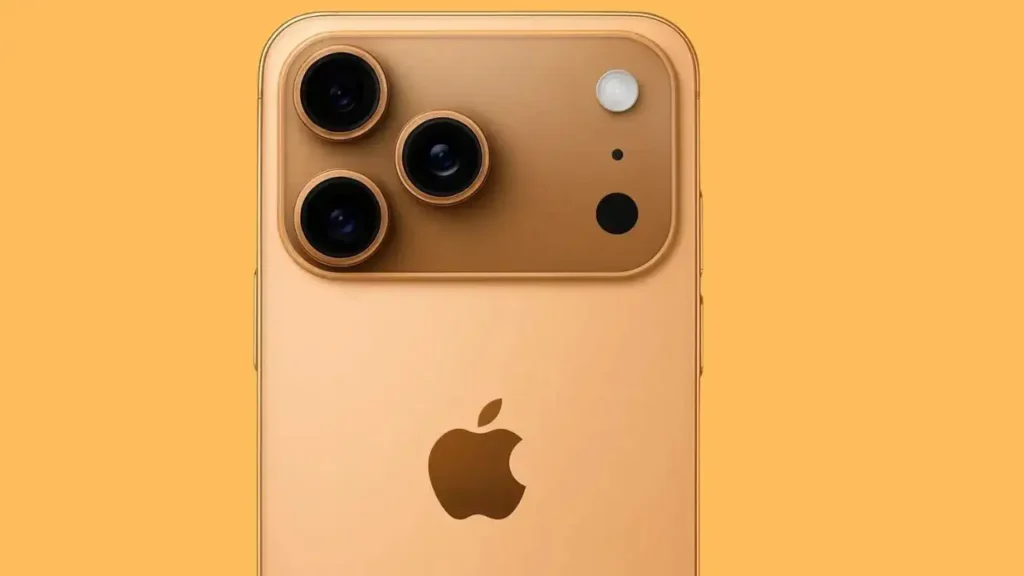
Google Pixel 10 Pro
Google’s Pixel 10 Pro, rumored for an October 2025 release but with detailed specs leaking throughout the summer, focuses on software smarts and clean Android experience. It has a 6.7-inch OLED display with a 120Hz refresh rate, driven by the Tensor G5 processor. Google’s emphasis on AI photography and long-term software updates makes it a favorite for purists who value simplicity and innovation.
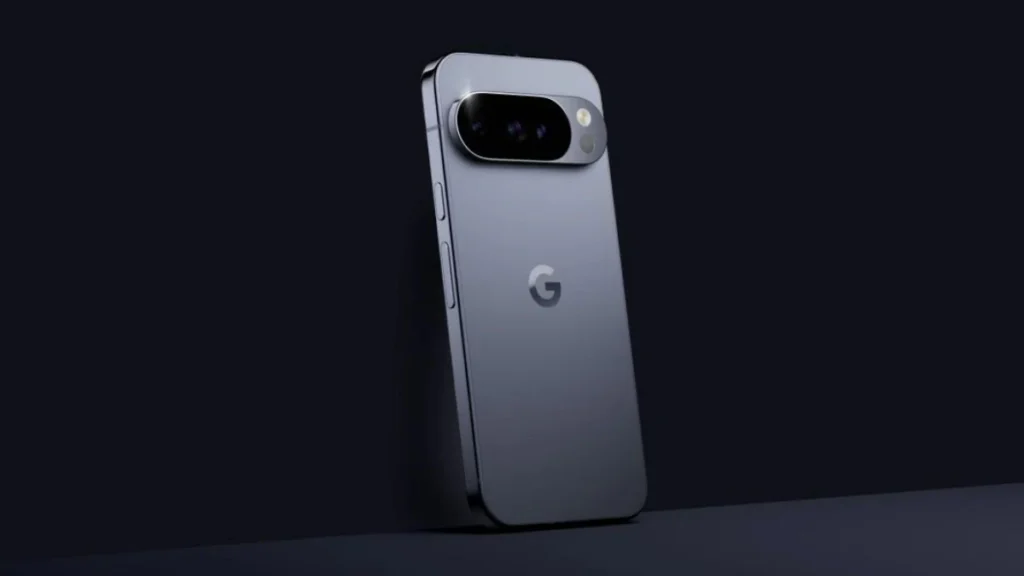
OnePlus 13
The OnePlus 13, released globally in January 2025, brings high-end specs at a more accessible price point. It boasts a 6.82-inch LTPO AMOLED display with a 120Hz refresh rate and is powered by the Snapdragon 8 Elite. Known for its fast charging and fluid OxygenOS, it’s ideal for gamers and multitaskers who prioritize speed and battery efficiency.
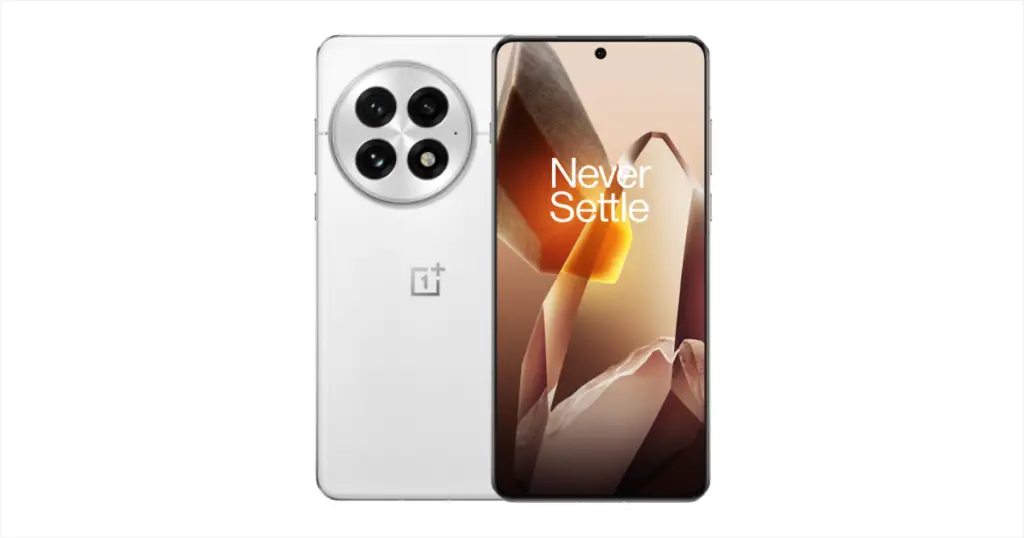
Sony Xperia 1 VII
Sony’s Xperia 1 VII, unveiled in May 2025, caters to creators and audiophiles with its 6.5-inch 4K HDR OLED display and professional-grade tools. Powered by the Snapdragon 8 Elite, it includes unique features like a variable telephoto lens and pro camera apps. This phone stands out for its focus on manual controls and high-fidelity audio, appealing to niche users.
With these overviews in mind, let’s delve into the core comparisons, starting with cameras—arguably the most exciting feature in modern flagships.
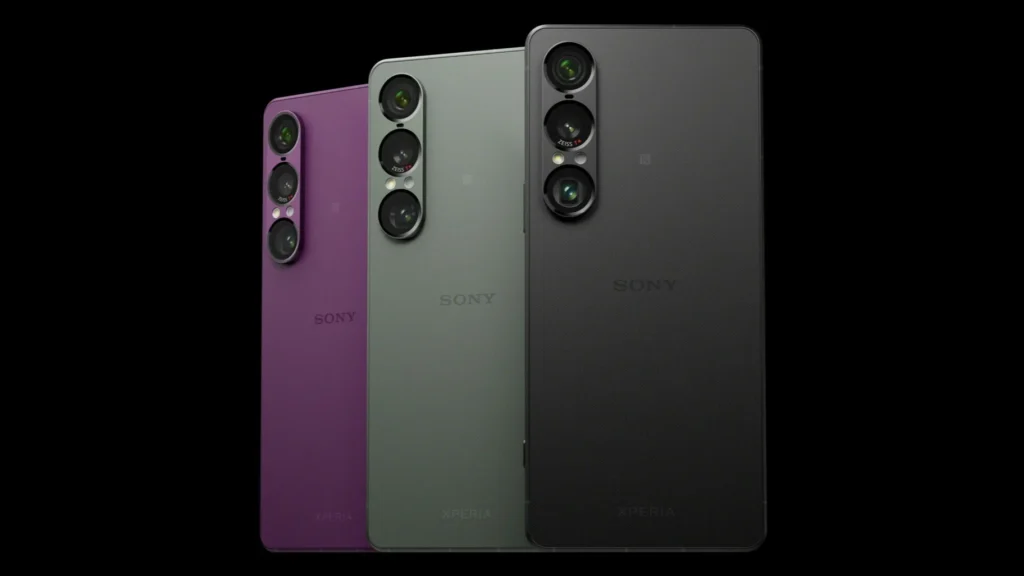
Camera Comparison: Capturing the Moment in 2025
Cameras have become the battleground for flagship phones, with 2025 models incorporating advanced sensors, AI processing, and versatile lens setups. We’ll evaluate each phone’s rear camera system, front-facing shooter, video capabilities, and real-world performance based on sensor sizes, megapixel counts, optical zoom, and low-light handling. Independent tests from sites like DXOMark and user reviews highlight how these specs translate to everyday use.
Starting with the Samsung Galaxy S25 Ultra, this phone features a quad-camera setup led by a 200MP main sensor with optical image stabilization (OIS). It includes a 12MP ultrawide, a 10MP 3x telephoto, and a 50MP 5x periscope lens for impressive zoom capabilities. The front camera is a 12MP unit. In practice, the S25 Ultra excels in daylight photography, producing vibrant colors and sharp details thanks to Samsung’s AI enhancements like Scene Optimizer. Low-light shots benefit from the large sensor, reducing noise effectively. Video recording tops out at 8K@30fps, with smooth stabilization for vloggers. However, some critics note oversaturation in colors, which can make images look unnatural in certain scenarios.
Apple’s iPhone 17 Pro Max ups the ante with a triple-camera array: a 48MP main fusion camera, a 48MP ultrawide, and a 12MP 5x telephoto. The front-facing TrueDepth camera is 12MP with advanced depth sensing for portraits. Apple’s computational photography shines here, using the A19 Pro chip for features like Photographic Styles and improved Night mode. Real-world tests show exceptional dynamic range and natural skin tones, making it a top choice for portrait photography. Video prowess includes 4K@60fps with Cinematic mode for Hollywood-like focus shifts. Battery drain during extended shooting is minimal, but the lack of a dedicated macro lens means relying on the ultrawide for close-ups, which isn’t as sharp as competitors.
The Google Pixel 10 Pro stands out for its AI-driven camera magic, featuring a 50MP main sensor, 48MP ultrawide, and 48MP telephoto with 5x optical zoom. The 42MP front camera is one of the highest resolution selfies available. Google’s Tensor G5 enables features like Magic Editor for effortless photo tweaks and Real Tone for accurate skin representation. In benchmarks, it leads in astrophotography and low-light performance, with minimal noise and accurate colors. Video supports 8K@30fps, but stabilization is software-based, which can falter in extreme motion. Users praise its point-and-shoot simplicity, though hardware zoom doesn’t match Samsung’s periscope lens.
OnePlus 13 collaborates with Hasselblad for its triple 50MP setup: main, ultrawide, and 3x telephoto. The 32MP front camera handles selfies well. The system emphasizes natural colors tuned by Hasselblad’s expertise, with excellent HDR in bright conditions. Low-light performance is solid, thanks to OIS and AI noise reduction. Video maxes at 8K@30fps with Dolby Vision support. In real-world use, it’s great for action shots due to fast autofocus, but ultrawide distortion can be noticeable. Compared to others, it offers good value in camera quality without the premium price tag.
Sony Xperia 1 VII appeals to pros with its triple 48MP Exmor T sensors: main (1/1.35-inch), ultrawide, and variable telephoto (3.5x-7.1x). The 12MP front camera is functional. Unique apps like Photography Pro allow manual controls akin to Sony’s Alpha cameras. It excels in raw image quality and color accuracy, ideal for editing. Video recording supports 4K@120fps with eye-tracking autofocus. However, AI features are limited, so it requires more user input. Low-light shots are impressive due to the large sensors, but the interface might overwhelm casual users.
In a head-to-head, the Pixel 10 Pro wins for AI smarts and ease of use, while the Xperia 1 VII is best for manual enthusiasts. Samsung offers the most versatile zoom, Apple the most consistent results, and OnePlus a balanced approach. For 2025, camera scores from reviews average: Pixel 10 Pro (145 on DXOMark equivalent), S25 Ultra (142), iPhone 17 Pro Max (140), Xperia 1 VII (138), OnePlus 13 (135). These numbers reflect not just hardware but software optimization.
Moving beyond stills, video quality has seen huge leaps. All support high-frame-rate 4K, but Sony’s slow-motion and Samsung’s 8K give them edges in creative work. Selfie cameras are strong across the board, with Google’s high-res front sensor leading for vlogs. Ultimately, your choice depends on whether you prefer automated excellence (Pixel, iPhone) or hands-on control (Sony, Samsung).
Battery Comparison: Powering Through the Day
Battery life is crucial in 2025, as phones handle more demanding tasks like AI processing and 5G connectivity. We’ll compare capacity, efficiency, charging speeds, and endurance based on lab tests and user reports. Factors like screen size, processor optimization, and software play key roles.
The Samsung Galaxy S25 Ultra packs a 4855mAh battery, supporting 45W wired charging, 15W wireless (Qi2), and 4.5W reverse wireless. In tests, it lasts about 12-14 hours of mixed use (browsing, streaming, gaming), thanks to the efficient Snapdragon 8 Elite and adaptive refresh rate. Video playback reaches 20 hours, but heavy camera use drains it faster. Charging from 0-100% takes around 65 minutes wired.
Apple’s iPhone 17 Pro Max boasts a rumored 5000mAh battery, the largest in iPhone history, with 25W wired and 15W MagSafe wireless charging. Optimized by iOS 19 and the A19 Pro, it delivers up to 35 hours of video playback and 15-18 hours of intensive use. Standby efficiency is excellent, losing only 2-3% overnight. Full charge takes about 90 minutes, but Apple’s battery health features ensure longevity over years.
Google Pixel 10 Pro has a 5015mAh cell, with 30W wired and 23W wireless charging. The Tensor G5’s AI optimizations yield 14-16 hours of mixed use, with standout standby time. Video streaming lasts 18 hours, but gaming can drop it to 8 hours. Charging speed is decent at 70 minutes for a full top-up, and features like Adaptive Battery extend life by learning user habits.
OnePlus 13 leads with a massive 6000mAh battery, supporting blazing 100W wired charging (full in 30 minutes) and 50W wireless. It easily hits 18-20 hours of heavy use, with 30 hours of light browsing. Gaming sessions last 10+ hours, and the dual-cell design maintains health. This makes it the endurance champ for power users.
Sony Xperia 1 VII uses a 5000mAh battery with 30W wired and 15W wireless charging. Its efficient display and processor provide 12-15 hours of mixed use, with strong video playback at 20 hours. However, the 4K screen can drain it quicker in high-res modes. Charging takes 80 minutes, and Sony’s Battery Care limits to 80% for longevity.
In comparisons, OnePlus 13 dominates endurance tests, often outlasting others by 20-30%. iPhone and Pixel excel in optimization, while Samsung and Sony balance well but lag in capacity. For 2025, average screen-on time: OnePlus (9 hours), iPhone (8.5), Pixel (8), Samsung (7.5), Sony (7). Charging speeds favor OnePlus and Samsung for quick top-ups.
Software plays a huge role—Apple’s iOS manages power intelligently, Google’s Adaptive Charging prevents overheat, and OnePlus’ modes like Battery Saver extend life further. If you travel often, OnePlus’ fast charging is a game-changer; for all-day reliability without plugs, iPhone shines.
Price Comparison: Value for Money in Premium Territory
Pricing in 2025 reflects the high-end materials and tech, but value varies based on features and ecosystem.
The Samsung Galaxy S25 Ultra starts at $1,299 for 256GB, scaling to $1,619 for 1TB. It includes the S Pen and 7 years of updates, justifying the cost for multitaskers. Deals often drop it to $1,099 with trade-ins.
iPhone 17 Pro Max is expected at $1,199 for 256GB, up to $1,599 for 1TB. Apple’s ecosystem lock-in adds value, with resale holding strong. Carrier bundles can reduce it to under $1,000.
Google Pixel 10 Pro starts at $999 for 128GB, reaching $1,199 for 512GB. With 7 years of updates and pure Android, it’s a bargain for software lovers. Promotions frequently include free storage upgrades.
OnePlus 13 is the value king at $899 for 256GB, $999 for 512GB. It packs flagship specs without extras, making it ideal for budget-conscious buyers. Global availability keeps prices competitive.
Sony Xperia 1 VII commands $1,399 for 256GB, due to its niche features like 4K display. It’s pricier but appeals to creators; discounts are rare, but bundles with accessories help.
Overall, OnePlus offers the best bang for buck, while Sony is the most expensive relative to mainstream appeal. iPhone and Samsung provide premium experiences at matching prices, with Pixel as the affordable flagship.
| Phone | Starting Price (256GB) | Key Value Add |
|---|---|---|
| Galaxy S25 Ultra | $1,299 | S Pen, Zoom |
| iPhone 17 Pro Max | $1,199 | Ecosystem |
| Pixel 10 Pro | $999 | AI Features |
| OnePlus 13 | $899 | Battery/Charging |
| Xperia 1 VII | $1,399 | Pro Tools |
Conclusion: Which Flagship Reigns Supreme?
In 2025, choosing a flagship boils down to priorities. For camera versatility, Samsung Galaxy S25 Ultra edges out with its zoom. Battery beasts favor the OnePlus 13’s massive capacity and speed. Price-wise, OnePlus and Pixel deliver value without skimping on quality.
If you’re in Apple’s world, the iPhone 17 Pro Max is a no-brainer for seamless integration. Google Pixel 10 Pro suits those wanting smart, effortless photography. Sony Xperia 1 VII is for creators willing to pay for pro controls.
Ultimately, test them in-store—personal feel matters. With tech advancing rapidly, these phones represent the best of 2025, balancing innovation and usability. Whichever you pick, you’re getting a device that’ll handle tomorrow’s demands today.
